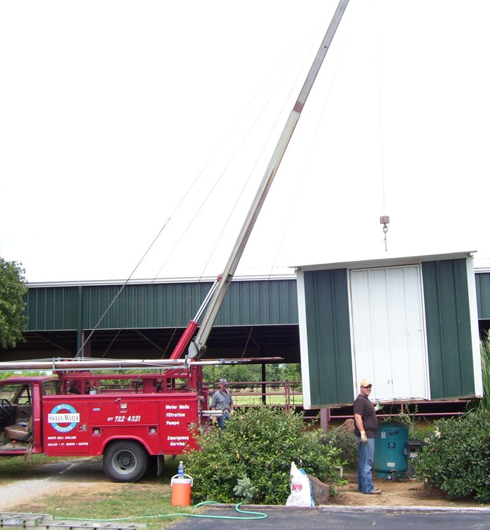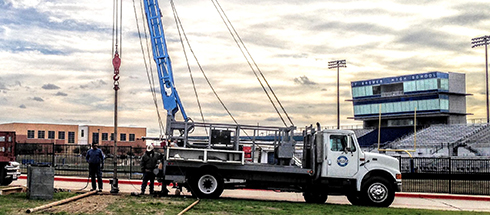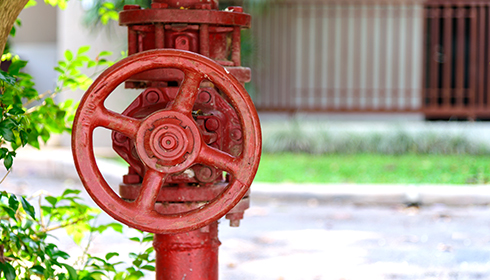
The DFW Metroplex region is blessed to have three major aquifers underlying our land.
The Woodbine aquifer outcrops along a line that follows US Hwy 377 north and south, and extends to the east of Dallas County. Well depths range from 30 feet on the west to 1,500 feet on the east. Production rates range generally 10 gpm to 30 gpm with larger deeper wells ranging to 100 gpm.
The Paluxy aquifer outcrops along a line from Cleburne to Weatherford to Springtown to Gainesville and extends to the east of Dallas. Well depths range from 30 feet on the west to 2,500 feet on the east. Production rates range generally 10gpm to 40 gpm with larger deeper wells ranging to 125 gpm,.
The Trinity (Twin Mountain) aquifer outcrops west of the Paluxy, and continues east past Dallas. Well depths range from 30 feet on the west to 3,000 feet on the east. Production rates range generally 40 gpm to 125 gpm with larger deeper wells ranging to 500 gpm.

Mud rotary drilling is a good method for boring into unconsolidated ground formations. This drilling method involves the use drilling fluid, known as “mud,” to flush the drill site of cuttings. The mud also serves as a method to keep the drill cool.
Mud rotary is an inexpensive drilling method that can be performed in all hydrological conditions.

Another method is air rotary drilling. This method excels at faster drilling, without circulating pits, and provides an up to the minute analysis of depth to water zones and potential production with efficiency. With air rotary, a high pressure air compressor is used to remove the drill’s cuttings from the wellbore.
Well development is the process of cleaning the well screen, gravel pack, and that portion of the aquifer in the immediate proximity to the drilled wellbore. During the drilling process, drilling mud, limestone cuttings and sand and shale fractions will clog the outer layer of the aquifer preventing the absorption of drilling fluids into the aquifer. After the casing and gravel pack is set, those particles must be removed in order to allow passage of water from the aquifer to the pump inside the casing. This procedure called well development is performed by using chemicals that break down the drilling mud and cuttings, and are removed from the well using the rig’s bailer, surge tool, or water lift with an air compressor.
As time passes, and water is pumped, minerals in the water and fine grain particles of sand and shale can accumulate in the screen and gravel pack that brings the water from the aquifer to the pump and slows production or can clog up the pump causing failure and a costly replacement. Whenever indicated, we can treat the well with certain acids and chemicals that have proven to remove scale and fines buildup, and improve production. Sometimes, if the well was not developed properly at the beginning, this treatment will result in greater production as new.
